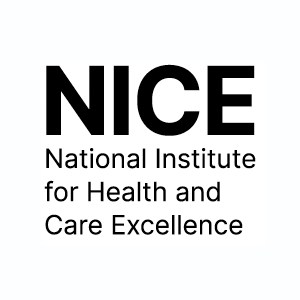Patients aged 16 or over with suspected sepsis will receive more tailored treatment under updated NICE guidance published today.
The recommendations include more carefully calibrated fluid treatment and enhanced support for people with communication difficulties.
The updated guidance for people aged 16 and over recommends using smaller amounts of intravenous fluid initially for those at risk of serious illness or death due to sepsis. Patients should be reassessed after every infusion, allowing clinicians to tailor treatment to each person’s condition.
Sepsis is a serious and potentially fatal condition caused by harmful microorganisms in the blood or other tissues and the body’s response to their presence, potentially leading to organ failure.
There are at least 245,000 sepsis cases diagnosed in the UK every year. An analysis of data by the UK Sepsis Trust in 2017 showed that there were 200,000 admissions to hospitals in England where sepsis was diagnosed.
NICE has split its sepsis guidance into three separate guidelines covering people aged 16 and over, children and young people, and those who are pregnant or recently pregnant. The change makes it easier for practitioners and the public to quickly find relevant information.
NICE acted on feedback from practitioners to split the guidance, making it easier for practitioners and the public to quickly find the information and advice they need on specific patient groups.
Our updated guidelines provide useful and useable information to ensure people receive the right treatment in the right clinical setting.
We have acted on feedback from stakeholders to ensure that our sepsis guidelines provide the information people need in a readily accessible way.
Professor Jonathan Benger, deputy chief executive and chief medical officer at NICE
The guideline recommends assessing people who might have sepsis with extra care if English is not their first language, or for people with communication difficulties such as neurodiversity, cognitive impairment, learning difficulties, severe mental health conditions or brain injury. It also includes a research recommendation on how rapid microbiological testing could help to effectively manage people with suspected sepsis.
The clinical tools published by the UK Sepsis Trust have closely reflected NICE guidance over the last decade, and we have been privileged once again to work with the team at NICE to ensure that our tools are as accurate as possible. We welcome these new changes, which reinforce groups of people at particular risk of harm from sepsis including those who communicate differently.
UK Sepsis Trust Founder and Joint CEO Dr Ron Daniels
Dr Ron Daniels continued: “Changes in the way we administer intravenous fluid resuscitation and earlier involvement of Intensive Care teams will need to be considered by organisations as they adapt to these revised guidelines.”
NICE will soon begin work on the next update to the sepsis guidelines, which will focus on reviewing the use of paediatric and maternity national early warning scores. These are tools used to spot when a patient’s condition is deteriorating.
Suspected sepsis in people aged 16 or over: recognition, assessment and early management

